
Puyarruego

The mill is ideally situated to house a visitor center for the Ordesa National Park.
Pictures: 1998 - 2011


Pictures: 1998 - 2011
| waterworks | central eléctrica |
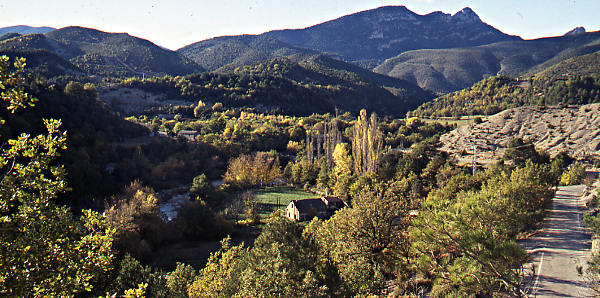
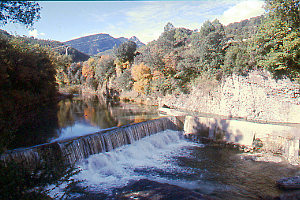
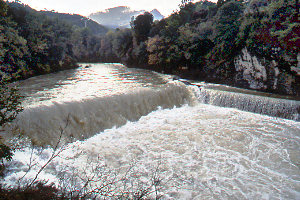
The canal runs on the left bank of the river. The point where it connects with the dam is marked with 1983 (2, 3). The canal is in a rather good shape: wide and deep with escape doors (6) at regular intervals.
At several places in the riverbed clearly man-made holes (5) can be found. They give the position of previous constructions to hold the water. We've noticed similar holes in e.g. Caballera, Lecina and Javierre de Olsón (poles still in place).
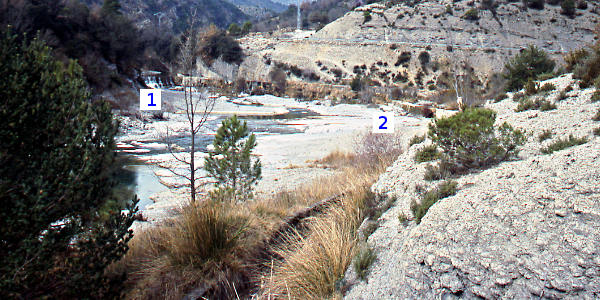
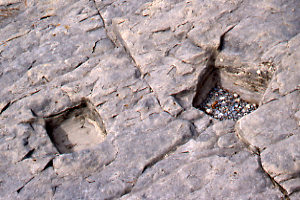
Notice that there is no lake (embalse) near the mill. There is no need for more storage because the river is never dry.
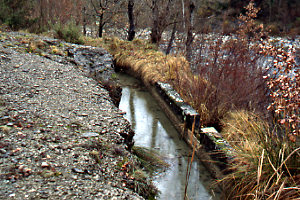
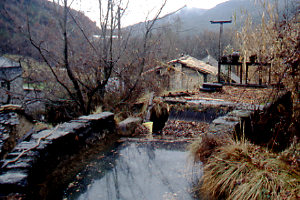
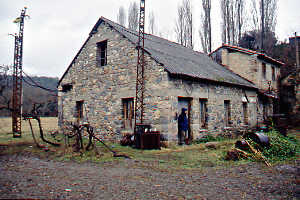

Outside the other section two broken milling stones were recycled as seats. On one of them (10) the traditional spiral ridge pattern is still clearly visible.

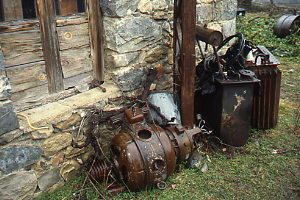
| waterworks | central eléctrica |